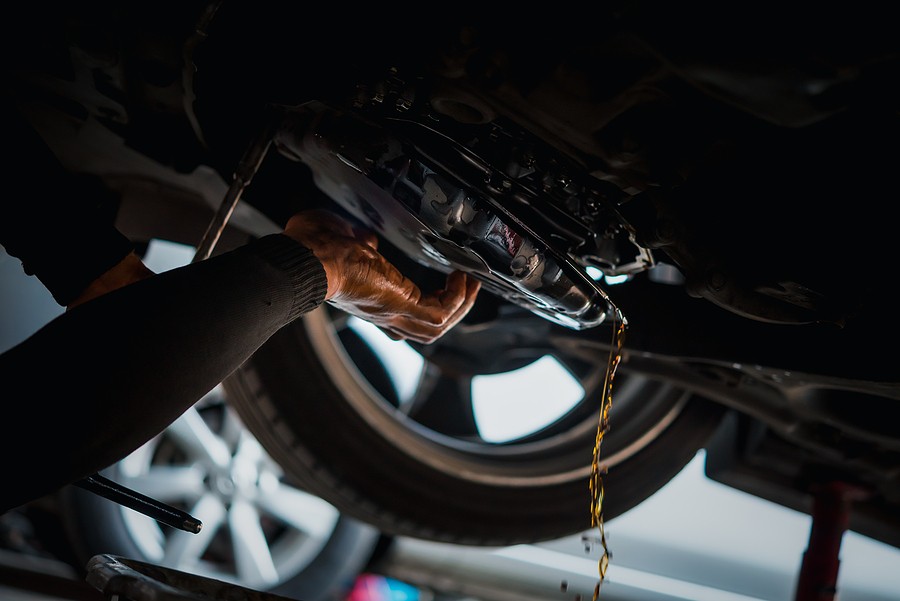Introduction
In the vast world of automobile maintenance, understanding how to check car fluid levels stands as an indispensable skill. Whether you are a seasoned driver or a novice car owner, familiarizing yourself with the distinct types of car fluids and their respective maintenance methods can save you from potential breakdowns and hefty repair bills. In this comprehensive guide, we will explore the pivotal role of each type of car fluid and step-by-step procedures to ensure their optimal levels for a safe and smooth driving experience.

Section 1: Recognizing The Importance of Fluids
Why Regular Checks Matter
Every car owner must understand that frequent fluid level checks can prevent damage, prolong vehicle lifespan, and promote safety. These fluids serve as the lifeblood of your vehicle, ensuring seamless operations and averting unnecessary wear and tear.
Types of Car Fluids
Your vehicle houses various fluids performing different functions. These include engine oil, transmission fluid, brake fluid, coolant, power steering fluid, windshield washer fluid, and battery electrolyte fluid, among others.
Symptoms of Low Fluid Levels
Low fluid levels can manifest in several ways, including unusual noises, decreased performance, and overheating. Recognizing these signs early can prevent more severe issues, including catastrophic engine failure.
Tools You'll Need
The process of checking fluid levels requires a few essential tools: a clean cloth, a funnel, and perhaps a flashlight to peer into those hard-to-see areas. It’s recommended to have these tools handy in your garage.
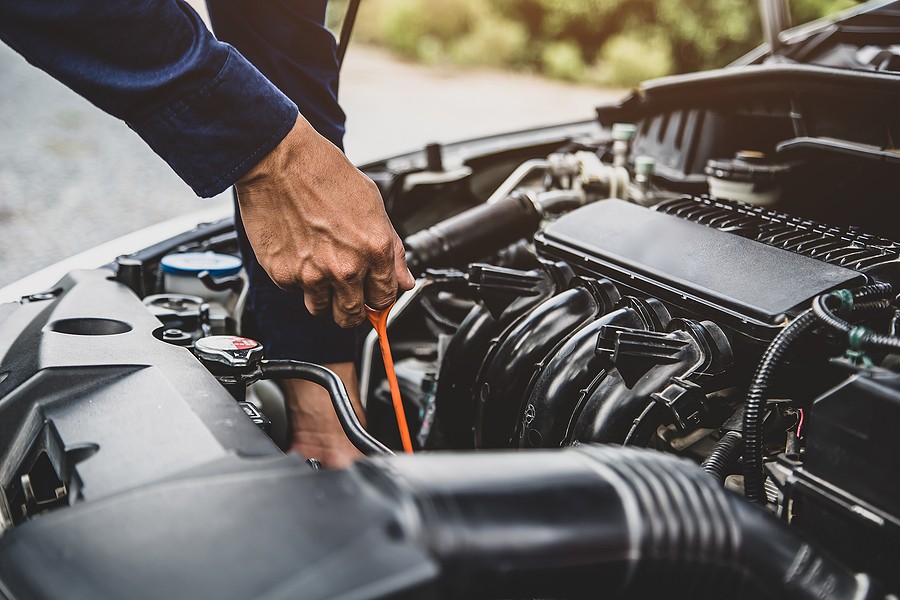
Section 2: Engine Oil – The Lifeblood of Your Car
Locating the Dipstick
The first step in checking your engine oil is locating the dipstick, usually marked ‘Engine Oil'. It generally features a ring or handle for easy identification and accessibility.
Checking the Oil Level
To ascertain the oil level, pull out the dipstick and clean it before reinserting it fully and withdrawing it again. A proper oil level should lie between the dipstick's two marks.
Understanding Oil Color
Oil color serves as a significant indicator of its condition. New oil is amber but darkens with use. If you notice particles or a gritty texture, it’s time to schedule an oil change.
Tips for Optimal Levels
For accurate readings, always check the engine oil when the car is warm but not running. Also, ensure your car is parked on a level surface.

Section 3: Transmission Fluid – For Smooth Gear Transition
Locating the Transmission Dipstick
The transmission dipstick is often situated near the engine oil dipstick but is usually longer. In some modern vehicles, it might be replaced with a sealed unit without a dipstick.
Checking the Level
To check the level, pull out the dipstick, clean it, reinsert it, and then pull it out again to observe the fluid level and color, which should be pinkish with a somewhat sweet smell.
What the Color Indicates
A deviation from the normal pinkish color, like a brown color or a burnt smell, signals that the fluid needs replacement. This fluid generally requires changing every 30,000 to 60,000 miles, but always refer to your vehicle's manual for guidance.
Maintaining Proper Levels
Maintaining the proper level is crucial for the smooth operation of your vehicle's transmission. It is advisable to check this fluid monthly and consult your vehicle's manual for specific guidelines.
Section 4: Coolant – Keeping Overheating at Bay
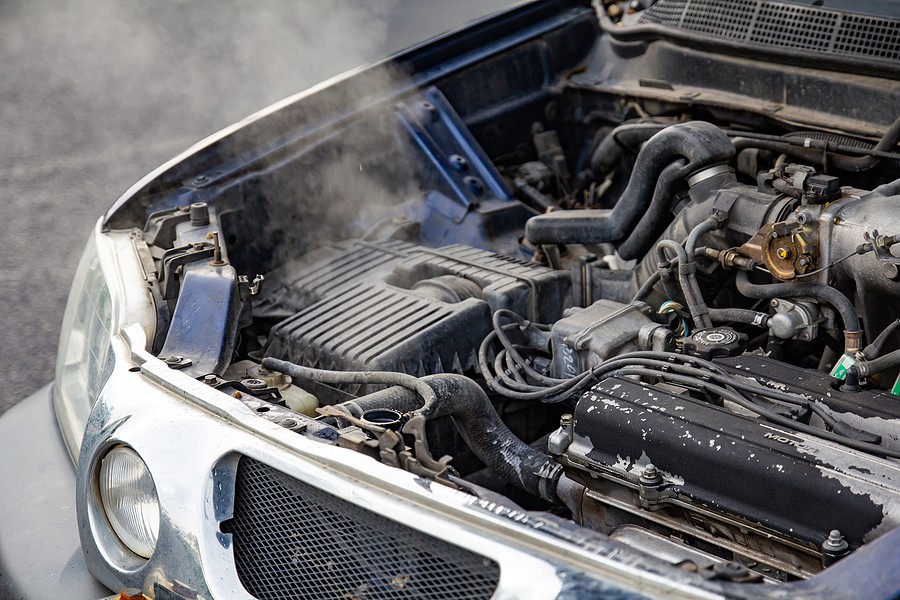
Locating the Coolant Reservoir
The coolant reservoir is a translucent container usually situated near the radiator. You can visually check the fluid level without opening the reservoir.
Checking the Level
Inspect the ‘max' and ‘min' markings on the reservoir and ensure that the fluid level lies between these marks to prevent overheating or freezing.
Why It's Essential
Coolant, a mixture of antifreeze and water, helps maintain optimal engine temperatures by dissipating excess heat and preventing freezing during cold weather.
Refilling Tips
Remember never to open the radiator cap when the engine is hot. Always use a suitable antifreeze and water mixture to refill the coolant system, maintaining a balance to ensure effective cooling.
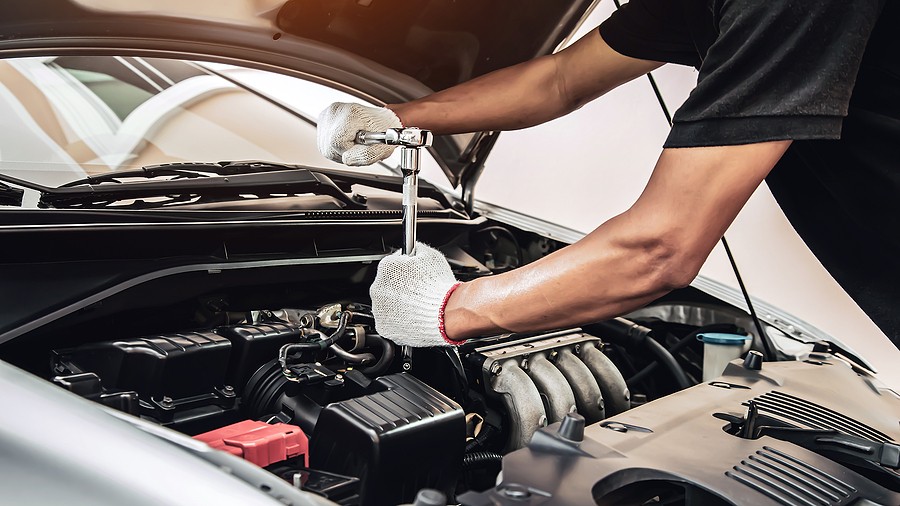
Section 5: Brake Fluid – Ensuring Safe Stops
Locating the Reservoir
Find the brake fluid reservoir on the driver's side, generally towards the back of the engine compartment. It is usually a small translucent container with a black cap.
Checking the Level
Checking the brake fluid level is straightforward. Ensure that the fluid level is between the ‘max' and ‘min' lines visible on the reservoir.
Understanding Its Importance
Brake fluid plays a critical role in your vehicle's safety, transferring the force you apply on the brake pedal to the brake calipers, facilitating safe and controlled stops.
Replenishing Guidelines
Using the correct type of brake fluid, as specified in your vehicle's manual, is crucial to maintain the integrity of your brake system. Replace the brake fluid every two years or as recommended by your vehicle's manufacturer.
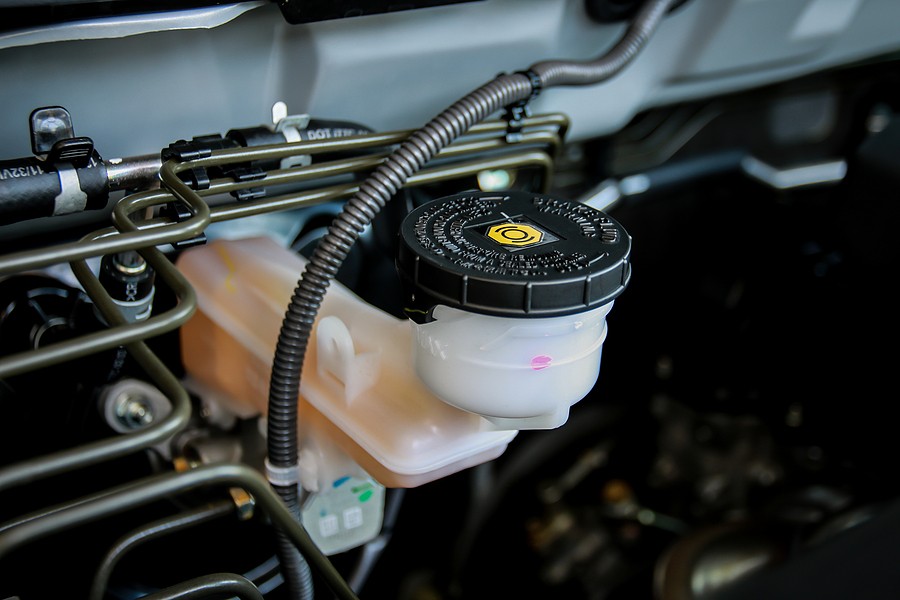
Section 6: Power Steering Fluid – For Effortless Turns
Locating the Reservoir
The power steering fluid reservoir is typically labeled ‘steering' and can usually be visually checked to ascertain the fluid level.
Understanding Its Role
Power steering fluid assists in the seamless and easy turning of your car's wheels, making steering efforts minimal and preventing wear on the steering system components.
When to Refill
If you find the fluid level below the ‘low' mark, it's time to refill it. Always use the specific type of power steering fluid recommended in your vehicle's manual.
Tips for Maintenance
Regular monthly checks can help prevent issues. Cleaning the reservoir cap before opening can prevent contamination, ensuring the longevity of your steering system.
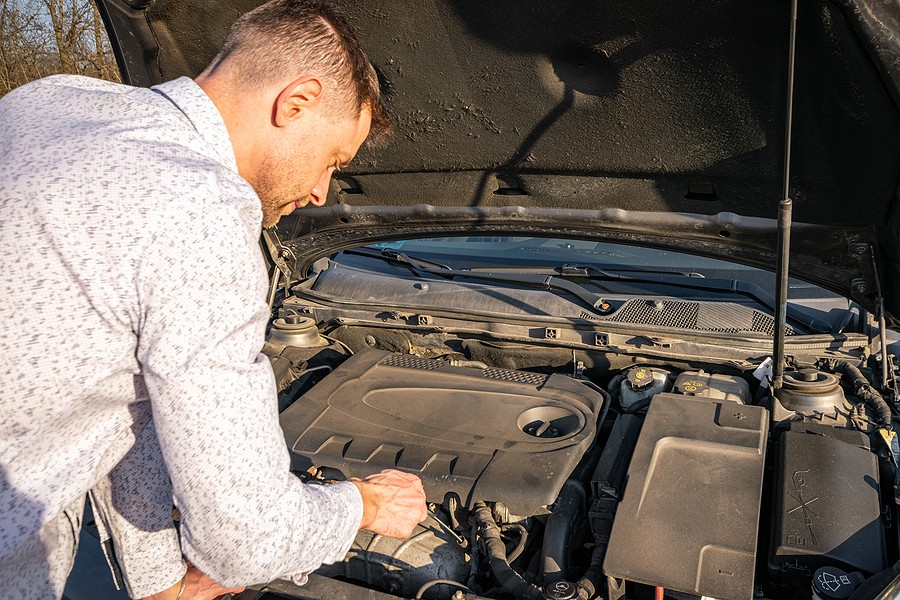
Section 7: Other Vital Fluids to Monitor
Windshield Washer Fluid
While not critical for vehicle performance, maintaining an adequate level of windshield washer fluid is vital for ensuring good visibility, especially in adverse weather conditions.
Battery Electrolyte Level
Keeping an eye on the battery electrolyte level can prevent battery failure and extend battery life. Ensure it covers the lead plates and refill with distilled water if necessary, avoiding overfilling.
Air Conditioning Refrigerant
A decrease in AC performance might be due to low refrigerant levels. This particular fluid should be checked and refilled by professionals to ensure the system remains sealed and uncontaminated.
Diesel Exhaust Fluid
Monitoring the diesel exhaust fluid (DEF) level is vital for diesel vehicles. This fluid helps reduce emissions and is an essential part of the vehicle's exhaust treatment system.
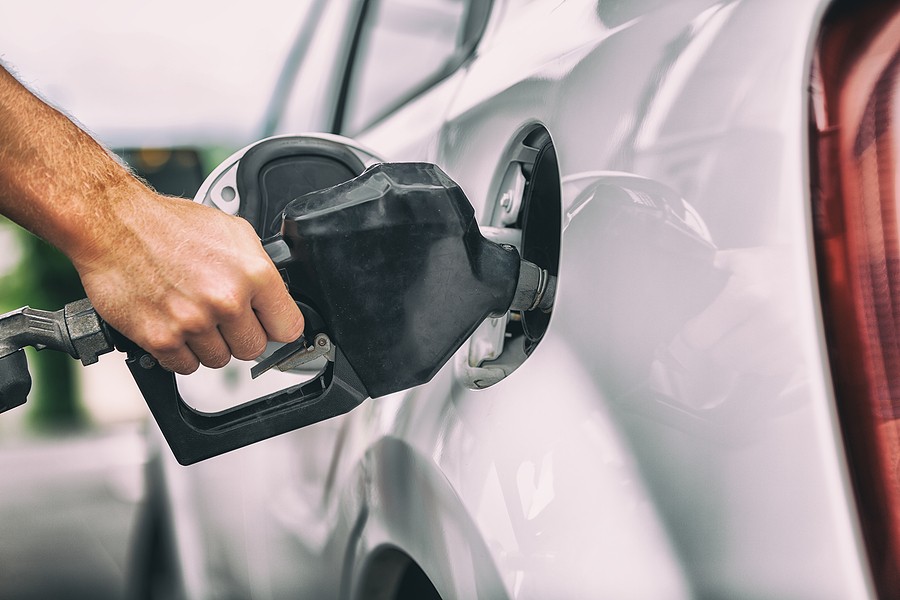
Final Thoughts
As we have extensively covered, regularly monitoring and maintaining your car's fluid levels is a pivotal aspect of vehicle ownership. It ensures optimal performance, increases the lifespan of various components, and most importantly, secures a safe driving experience. Embrace these checks as a routine, and always stay proactive in your vehicle's maintenance. Your car will thank you with improved reliability and a longer lifespan.
Conclusion
Now that you have the knowledge and insights into checking your car fluid levels, you can approach your vehicle maintenance with confidence and assurance. Remember, understanding your vehicle’s needs and addressing them timely safeguards your vehicle's health and ensures your safety on the road. So, roll up those sleeves and make car fluid checks a regular part of your vehicle maintenance regimen. Safe and happy driving!

